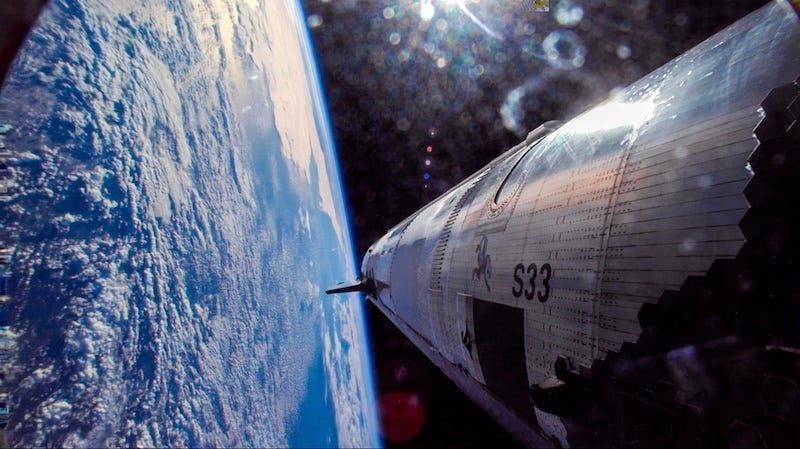FAA Approves Starship License Modifications
Flight 9 on Hold Pending Flight 8 Investigation Results
The FAA has approved license modifications for the SpaceX Starship Flight 9 mission. The approval includes final action allowing SpaceX to increase Starship operations from five up to 25 per year at Boca Chica, Texas.
However, SpaceX may not launch until the FAA either closes the Starship Flight 8 mishap investigation or makes a return to flight determin…
Keep reading with a 7-day free trial
Subscribe to The Journal of Space Commerce to keep reading this post and get 7 days of free access to the full post archives.



